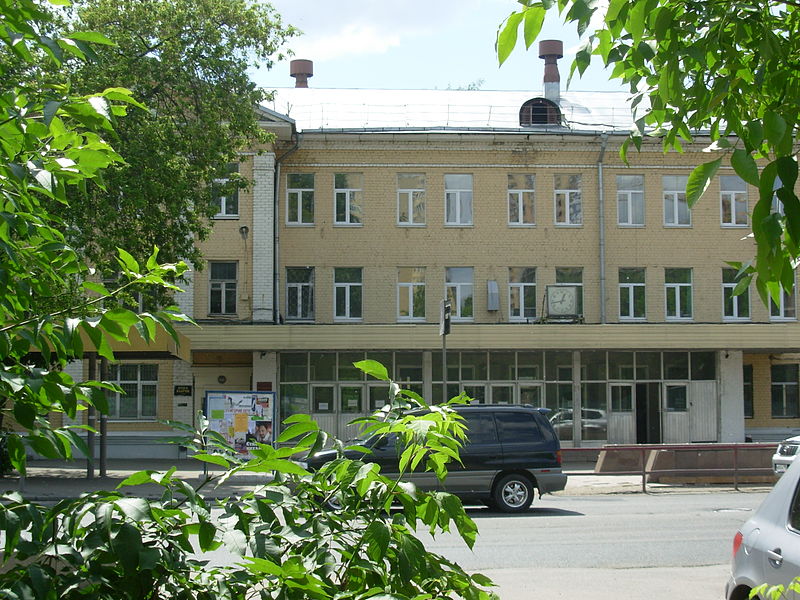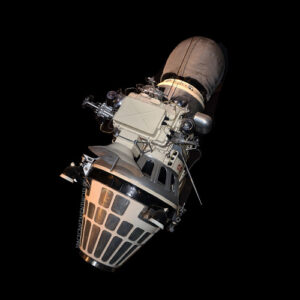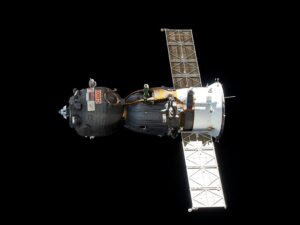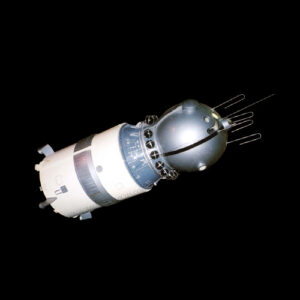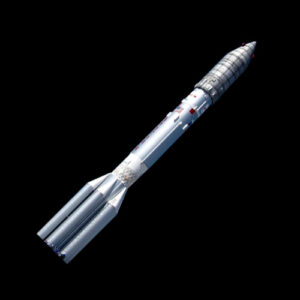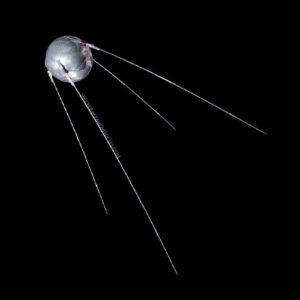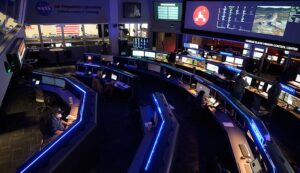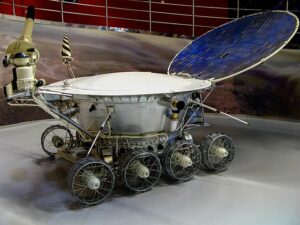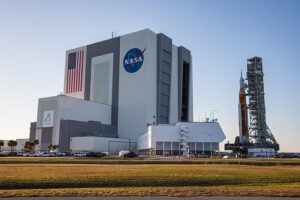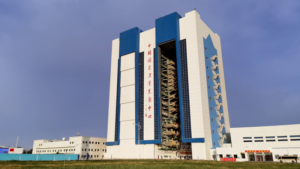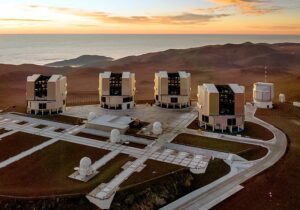The Central Research Institute of Machine Building (TsNIIMash), located in Korolev, Russia, is a premier research and development center under the Russian space agency, Roscosmos.
TsNIIMash plays a critical role in advancing Russia’s space exploration capabilities, focusing on the development of rocket and spacecraft technologies, mission planning, and spaceflight safety. Established in the early days of the Soviet space program, the institute has been instrumental in numerous pioneering achievements, including the development of launch vehicles for the Sputnik, Vostok, and Soyuz programs.
Notable milestones include supporting the launch of the first artificial satellite, the first human in space, and ongoing contributions to the International Space Station (ISS).
History and Evolution
TsNIIMash was founded in 1946 as part of the Soviet Union’s ambitious efforts to establish a robust space exploration program. Initially, the institute focused on developing rocket technologies and ballistic missiles, which laid the groundwork for later space exploration endeavors. Under the leadership of renowned rocket engineer Sergei Korolev, TsNIIMash quickly became a central hub for innovation and technological advancements in aerospace engineering.
During the 1950s and 1960s, TsNIIMash played a pivotal role in the Soviet space program’s early successes. The institute was heavily involved in the development of the R-7 rocket, which launched Sputnik 1, the world’s first artificial satellite, in 1957. This historic achievement marked the beginning of the space age and established the Soviet Union as a dominant force in space exploration.
Following the success of Sputnik, TsNIIMash continued to innovate, contributing to the Vostok program, which sent Yuri Gagarin into space in 1961, making him the first human to orbit the Earth. This milestone cemented the institute’s reputation as a leader in space technology. Throughout the 1960s and 1970s, TsNIIMash supported various missions, including the Luna program, which achieved the first successful landing of a spacecraft on the Moon, and the Soyuz program, which remains one of the most reliable and long-standing human spaceflight programs to date.
In the post-Soviet era, TsNIIMash continued to evolve, adapting to new technological challenges and expanding its research focus. The institute played a significant role in the development of the Proton and Angara launch vehicles, as well as advancements in satellite technology and space exploration systems. TsNIIMash has also been a key contributor to international collaborations, particularly with the United States and the European Space Agency, in joint missions and the operation of the ISS.
Technological innovations at TsNIIMash include advancements in propulsion systems, materials science, and aerospace engineering. The institute has developed cutting-edge technologies for spacecraft design, navigation, and communication, ensuring Russia’s continued presence and competitiveness in the global space industry.
Related Spacecraft
Here are some of the remarkable vehicles launched from this location:
Infrastructure and Facilities
The Central Research Institute of Machine Building (TsNIIMash) boasts a wide range of advanced facilities to support its research, development, and mission planning activities:
- Rocket and Spacecraft Design Bureaus: Facilities dedicated to the design and engineering of launch vehicles and spacecraft.
- Propulsion Testing Laboratories: Equipped for the development and testing of rocket engines and propulsion systems.
- Environmental Test Chambers: Simulate the harsh conditions of space, including thermal vacuum chambers, vibration tables, and acoustic test chambers.
- Materials Research Laboratories: Focus on developing advanced materials for aerospace applications, ensuring durability and performance in space conditions.
- Mission Control Center: Manages mission planning, monitoring, and control of space missions, including real-time support for ISS operations.
- Satellite Integration and Test Facilities: Areas for assembling, integrating, and testing satellites and their components.
- Ground Support Equipment: Includes telemetry, tracking, and command systems to support launch and space operations.
